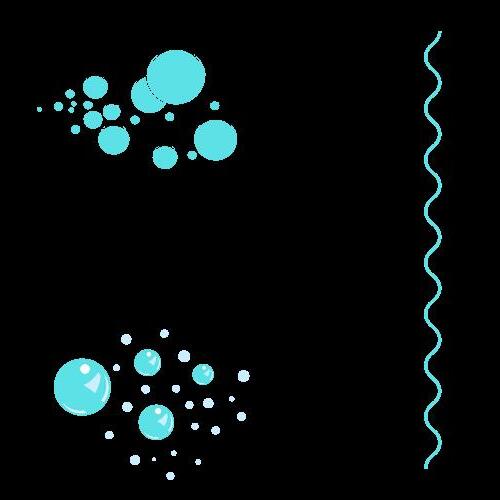














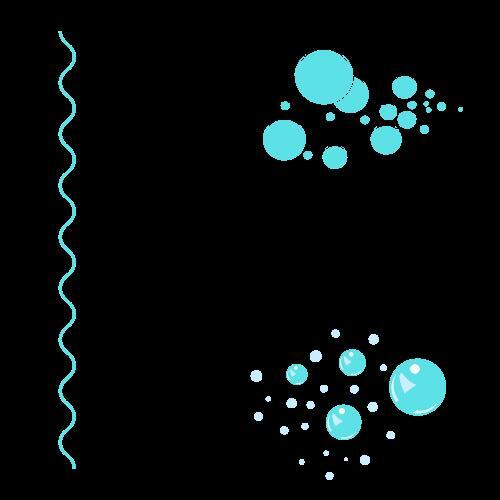


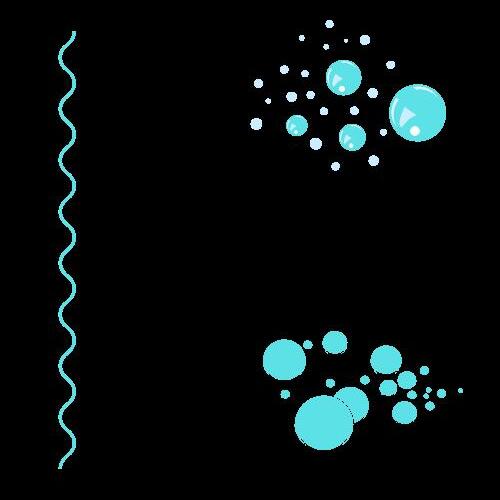




The performance you will be seeing features live actors who will perform the play for the audience. A PLAY is a story told live on stage in front of a live audience. A MUSICAL








At the beginning of our show, we meet Mr. Pout-Pout Fish, our protagonist. A protagonist is another name for a hero in storytelling. Mr. Pout-Pout Fish seems to spread his dreary wearies all over the reef with his sad and gloomy looks. Everyone tries to cheer him up, but all he can muster is a glub blub. Shimmer, the shimmerfish, is Pout-Pout’s best friend, who sees the silver lining in everything and wants to help her friend do the same. Shimmer takes Pout-Pout to the edge of the Big, Big Dark in hopes of inspiring him with the idea of the adventures that could be out there. Pout-Pout looks out and can only see what he fears and the possible dangers. On the way back to their reef homes, the two friends come across Ms. Clam, who is returning home from a trip with a new shiny pearl as a souvenir. Ms. Clam tells the legend of the pearl deeply into the shiny orb of the pearl’s heart, you will see your happiest reflection. Pout-Pout tries to imagine a happier self, but is



That night, Pout-Pout sneaks in to Ms. Clam’s home and tries to take a deep look into the shiny pearl, hoping to capture the legend of the pearl and see his happiest self. Instead, the pearl and Pout are swept out by a strong current into the Big, Big Dark. Pout-Pout musters up courage and plans to get himself and the pearl back to the reef safely. Lost in the Big Big Dark, Pout-Pout faces his fears as he encounters a Bully Bully Shark, a wiggle worm, and the decision to look out for others. Will Pout-Pout and the pearl make it back safely to the reef? Dive into the story and swim alongside Pout Pout fish as he navigates this great and





















Lighting: Stage lighting can help communicate the time of day, set mood, tell the audience where













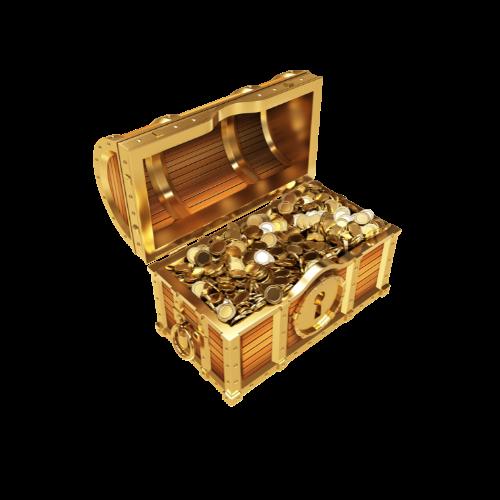
: Speaking on different pitches (high/low), speeds (fast/slow) and textures (growly/squeaky) can help differentiate characters.




: Using different body positions and walks help the actors transform into : Imagining how a character feels and where they are helps audience members see what isn’t there.



The actors in this show are called Storytellers! They are a group of 4 actors who make up multiple characters, so they have to change their voice, body and imagination so that the audience can differentiate. Choose 2 of the adjectives from the bubbles above and apply them to your voice and body. Switch it up and play with what kind of characters you can create!



Puppets are a movable model of a person or animal, operated by a hand inside or strings attached. There are finger puppets, hand puppets, marionettes, rod puppets and stick puppets.








Why are puppets used for “The Pout-Pout Fish: The Musical”?
The puppets in this show do not replace the actors but instead act as an extension of their song and acting. The feelings portrayed by the actor are amplified by the magical sights of the large scale puppets. The large puppets create a world, where the feelings can be as big as the ocean. Puppets can help us find and express emotions, just like Pout-Pout!
Sketch a puppet version of a character from your favorite picture book in the bubble above. Share what kind of puppet you have chosen and why.






You can be a creator! The creative team for “The Pout-Pout Fish” is comprised of a bunch of people who dream up how to bring Pout Pout Fish from the page to the stage. Imagine yourself in the shoes of one
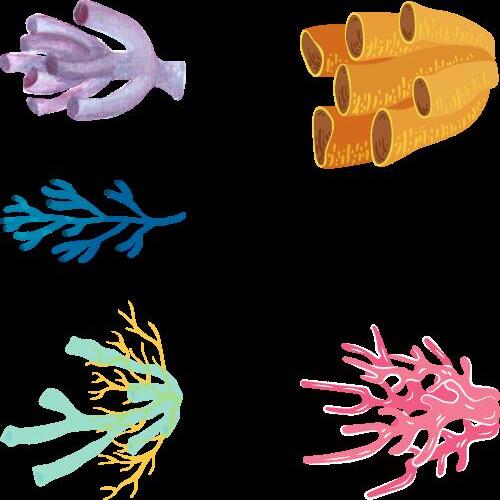
the actors say on stage. When translating a picture book into a musical,

Composer: This person writes the music for the show. Imagine what style of music they could have used to best reflect the ocean. What
Lyricist: Are you a poet? If you love to make up songs and write poetry, this might be the job for you. The Lyricist writes the words that are
























Director: Are you a daydreamer? Imagine a big picture and filling in details and action. The Director tells the actors where to go on stage and helps them to create visual action that keeps the audiences





